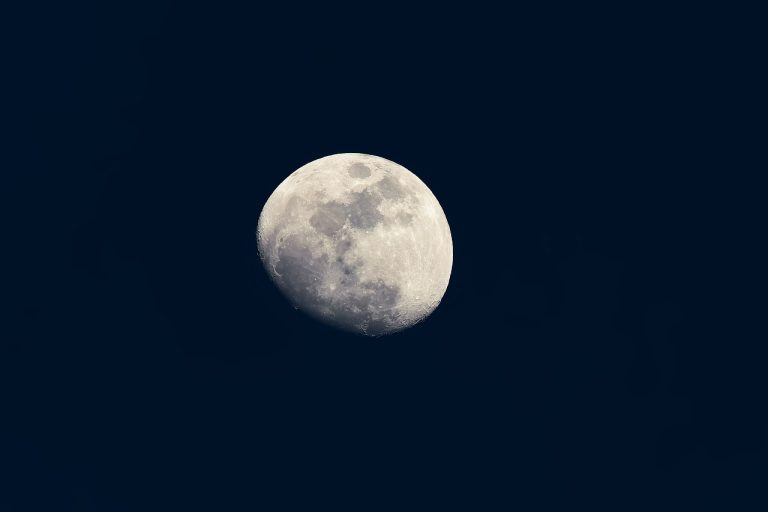Khmer Calendar

The Khmer calendar is a lunisolar calendar that has been used in Cambodia for many centuries. It is based on the movement of the moon and the sun and is similar to other calendars used in neighboring countries such as Thailand, Laos, and Myanmar.
The Khmer calendar has two major components: the solar and the lunar system. The solar system is based on the movement of the sun, and it is used to determine the year, while the lunar system is based on the movement of the moon and is used to determine the month and the day.
The Khmer solar year is divided into twelve months, each corresponding to a particular Reasey, which can be translated to a Zodiac sign. The year is also identified by the Sak and animal year, which increment simultaneously in a 60-year cycle. Additionally, several counting systems are used to reckon the year, including the Buddhist Era (BE), Moha Sakaraj (Saka), Jolak Sakaraj, and Christ Sakaraj (AD).
The Khmer lunar year is divided into twelve Reaks, which are symbols for lunar months similar to Zodiac representations in solar months. The lunar year has about 354 days, which is shorter than the solar year by 11 days. To adjust for this discrepancy, an extra month or an extra day is added to the lunar year every two to three years. A year with an extra day is called Chhantrea Thimeas or Adhikavereak, and a year with an extra month is called Adhikameas. The extra month is always added to the month of Ashad.
The Khmer lunisolar calendar counts the day using Keit and Roaj. Keit signifies that the moon is in its waxing phase, while Roaj indicates that the moon is in its waning phase. The number of Keit is counted from one to fifteen incrementally, and then it continues with Roaj. The number of Roaj can go from one to fourteen for a 29-day month or one to fifteen for a 30-day month.
One of the unique features of the Khmer calendar is that it has a 60-year cycle. This cycle is based on the combination of the Sak and animal year, which increment simultaneously. The 60-year cycle is significant in Khmer culture and is used to determine auspicious dates for weddings, business ventures, and other important events.
In conclusion, the Khmer calendar is a fascinating and complex system that reflects the rich cultural heritage of Cambodia. Its combination of solar and lunar components, as well as its unique counting system, make it a unique and valuable part of the world’s cultural heritage. Understanding the Khmer calendar can provide insights into the history and traditions of Cambodia and can help us appreciate the diversity of the world’s many cultures.
Source: Cam-CC
